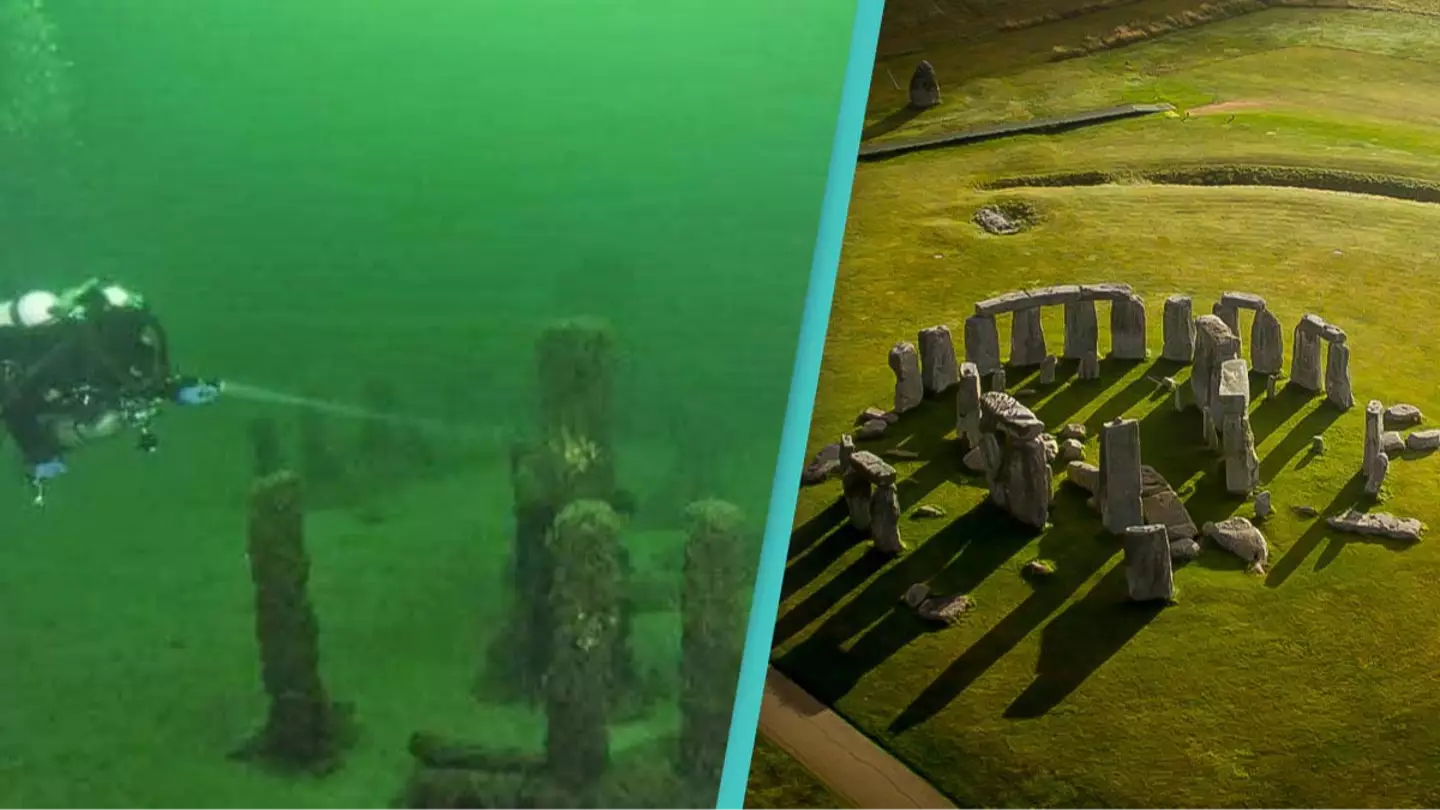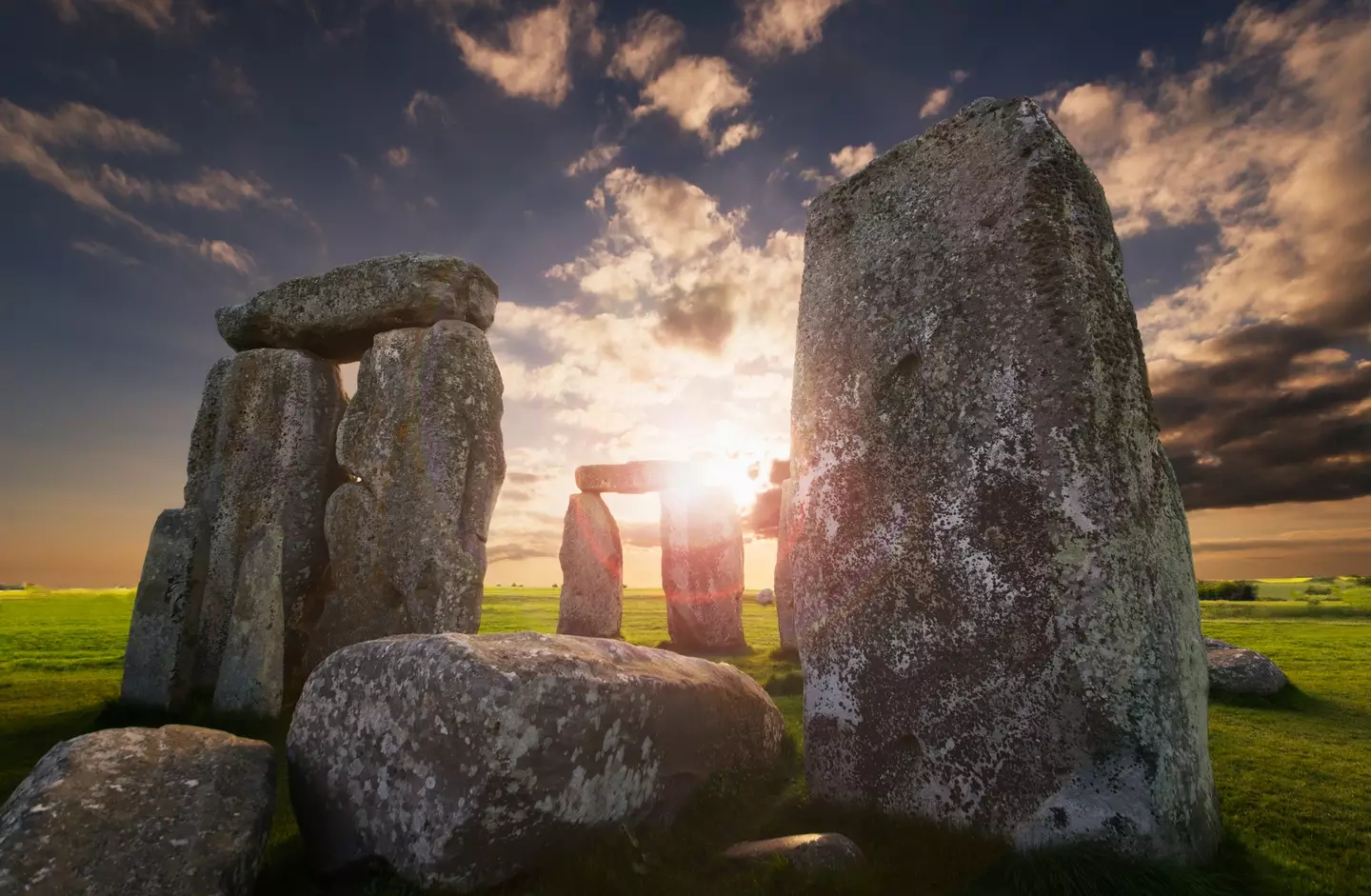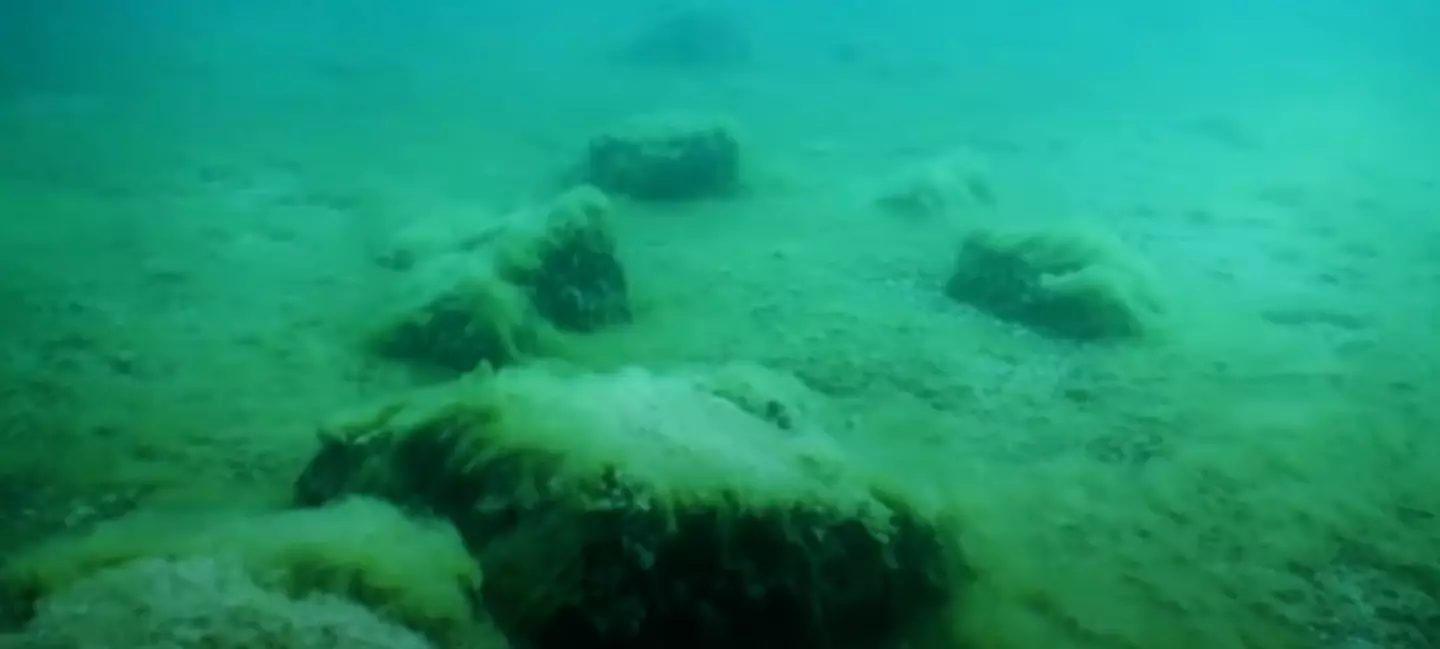
On the surface level, Stonehenge looks like a bunch of rocks in a weird formation.
But the mystery is what makes it so interesting to a lot of folks - with over one million people visiting the English tourist attraction every single year.
No one actually knows how Stonehenge was even built - basically all we know is that it's based in England right now.
Advert
But it appears that other countries might have been on the same wavelength as it was discovered that a similar stone structure had been found underneath the waters of Lake Michigan in the US.
You think the British counterpart is old - 5,000 years old to be exact - well, this one found in the US is in fact whopping 5,000 years older than Stonehenge.
This discovery was made some 17 years ago by a team of archaeologists off the coast of Traverse City, Michigan.
Advert
The team, led by Mark Holley, a professor of underwater archaeology at Northwestern Michigan College, conducted a survey of the lake bed.

While data gathering, Holley's team discovered a series of large stones, all of which were arranged in a circular pattern.
Holley later admitted that the discovery was completely unexpected and that his team were initially unsure on what they had discovered.
Advert
However, analysis that followed suggested that the stones were deliberately arranged in a circular pattern by humans.
So, no help from any aliens then?
The stones were found locally in the area - with experts predicting them to be around 10,000 years old.
This would subsequently make the formation one of the oldest ever discovered in the US.

While the stones are relatively similar in size and shape to that of Stonehenge, their origins are somehow even more in the air.
Advert
Speaking in an episode titled ‘American Stonehenge’ for DiscoveryUK, scientist Rob Nelson said: "Whilst they do seem to form a perfect geometric shape, they aren't stacked or connected in the same way."
He later spoke to a man called Hank in the episode - whose ancestors, the Anishinaabe people, were among the first to co-habit in the region.
Hank told the programme how he thought they'd placed the stones there for a sacred purpose.

"[In Anishabe culture], we refer to stones as animate objects because they come from the mother, the Earth, who is alive," he said.
Advert
While Holley suggested that the coastline would have been 'a wonderful place to live' due to it's 'closeness to resources' and 'easy transportation'.
To analyze the structure of the stones further, Nelson put together photographs to create a modern 3D rendering of the rocks.
Upon closer inspection, he discovered an image of what appears to be a Mastodon - an extinct ancestor to elephants and the woolly mammoth.
This image, according to Dr John O’Shea, the curator of Great Lakes Archaeology at the University of Michigan, shows the area could have been a 'drive lane' to herd animals into the hunting ground.
However, Nelson says that while there is evidence of 'prehistoric tribes roaming to the Great Lakes', there's 'very little known' about them and their way of life.
He also added that he hadn't seen anything 'remotely resembling this formation in the archaeological record'.
Well, that's another mystery to add to the books.